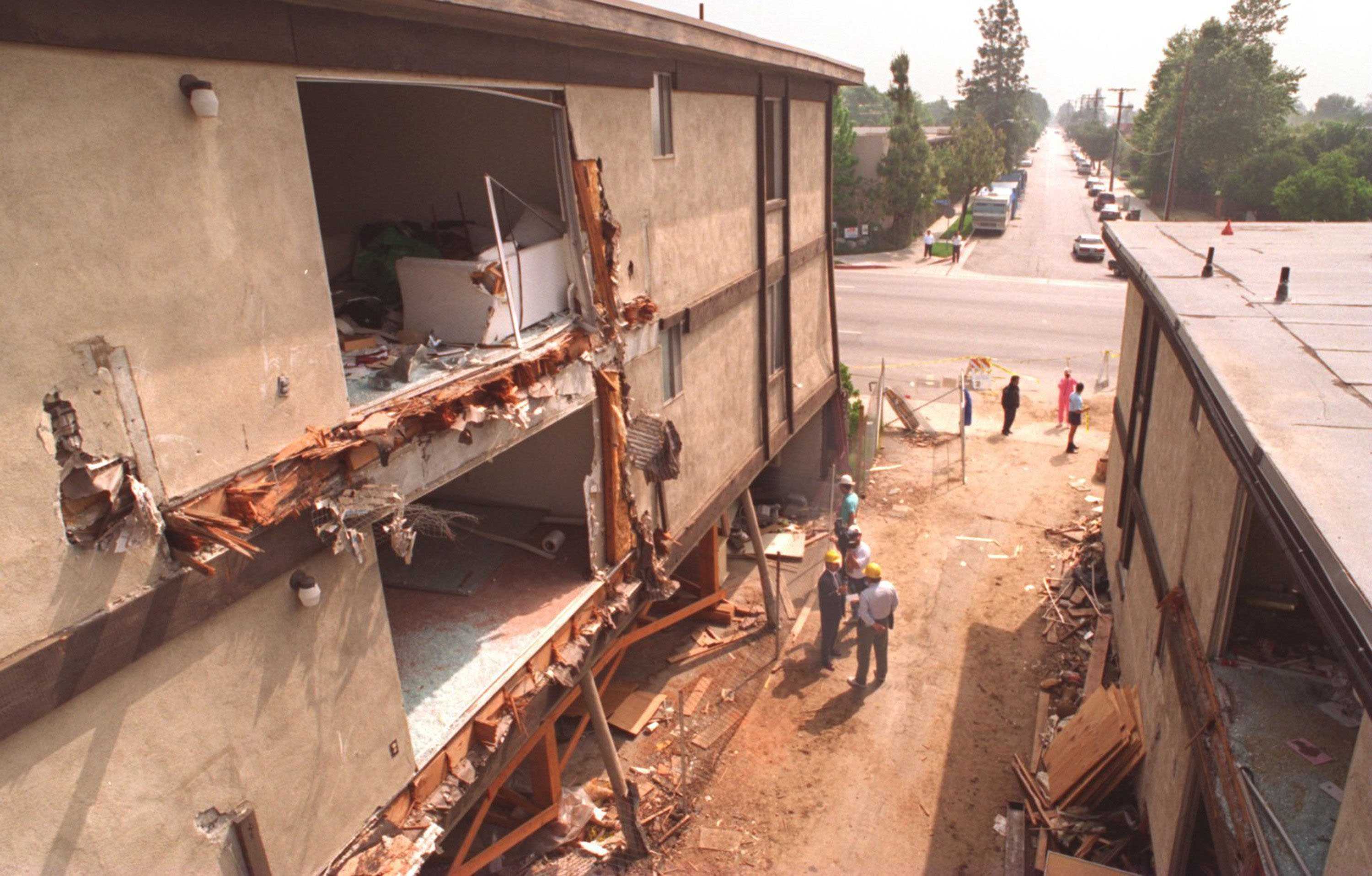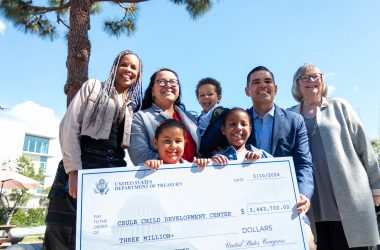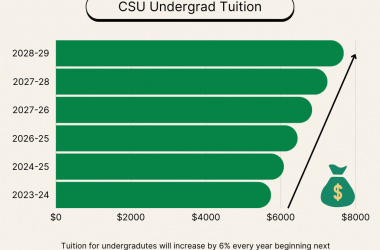On Friday, California marked the 20th anniversary of one of its worst earthquakes on record.
Although it has been a little more than two decades since Southern California experienced the Northridge earthquake, Cal State Long Beach geology professor Nate Onderdonk said the event was “very significant” for Californians, for both practical and scientific reasons.
The 6.7 magnitude Northridge quake, which took place on Jan. 17, 1994, killed 61 people and seriously injured 1500 people. In addition, the quake and its more than 1000 aftershocks caused $40 billion in damages, according to the California Department of Conservation.
Onderdonk, an expert in tectonics and geomorphology, said although progress has been made in renovating buildings following the 6.7 magnitude Northridge quake, there is still work to be done.
“More regulations have been put in place,” he said. “[But] they have not been applied to every building that needs it.”
The Los Angeles Times reported in October that more than 1,000 buildings in Los Angeles could be destroyed if an earthquake were to occur.
Following the quake, the California Department of Transportation worked to retrofit 1,155 bridges. All but three of 1,155 bridges have been retrofitted, according to the DOT website.
Almost two decades since the last major earthquake, Onderdonk said he believes Southern California is overdue for one.
“We are definitely due for earthquakes on several of the major faults,” he said. “I’ve been hearing people talk about [big earthquakes] since I was in junior high. It was a big deal. It was the last major earthquake we’ve had.”
He added that the earthquake caused a great deal of damage because of its proximity to densely populated areas in Southern California.
Despite the destruction the quake and its more than one thousand aftershocks caused, Onderdonk said, there was a small upside to the quake because it allowed geologists to learn a lot about “blind thrust faults.”
These are faults that lie below rock in the Earth’s crust and are not visible above ground, according to United States Geological Survey.
“There’s a lot more blind [thrust] faults under Los Angeles than we previously knew,” he said.




